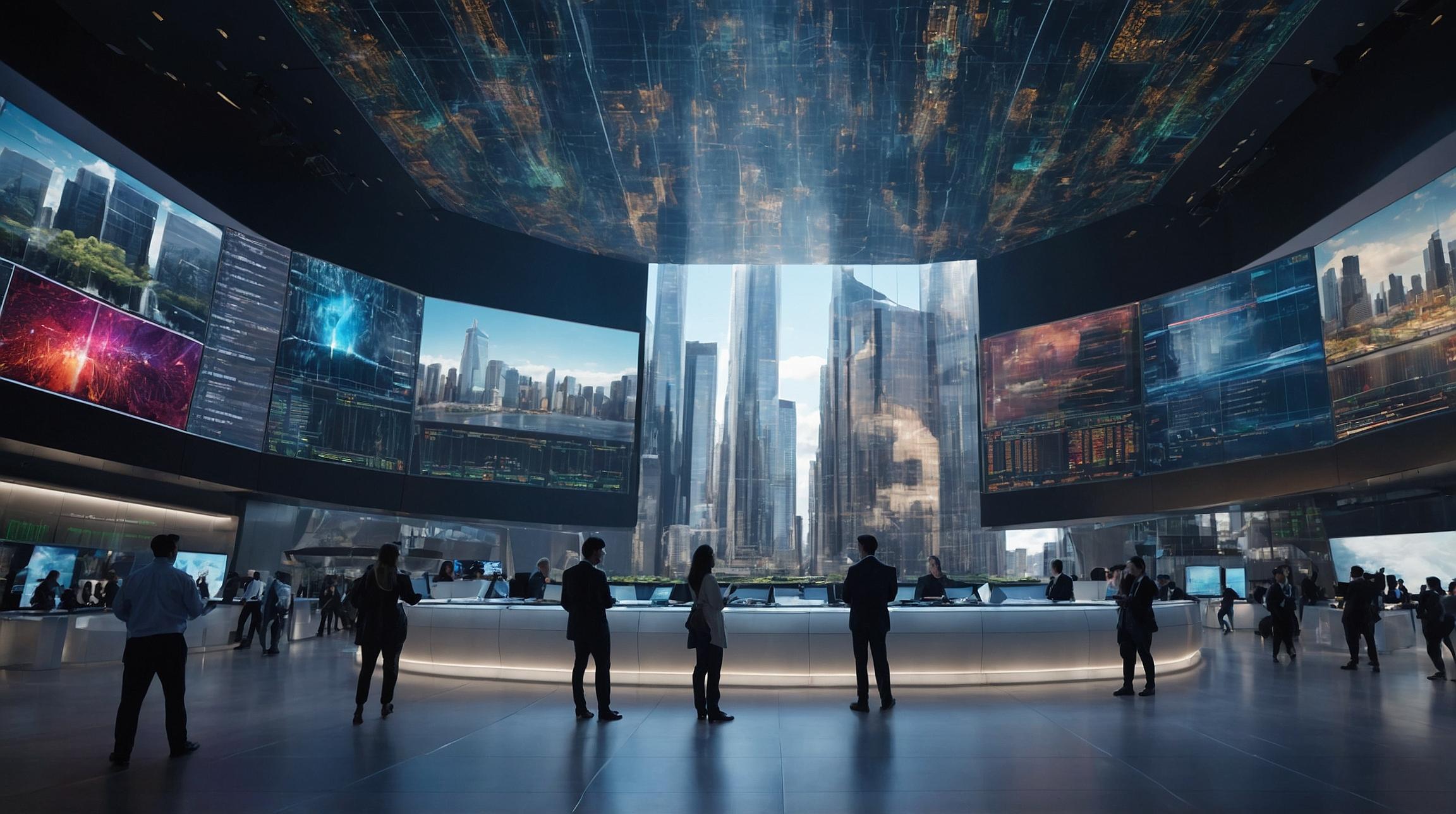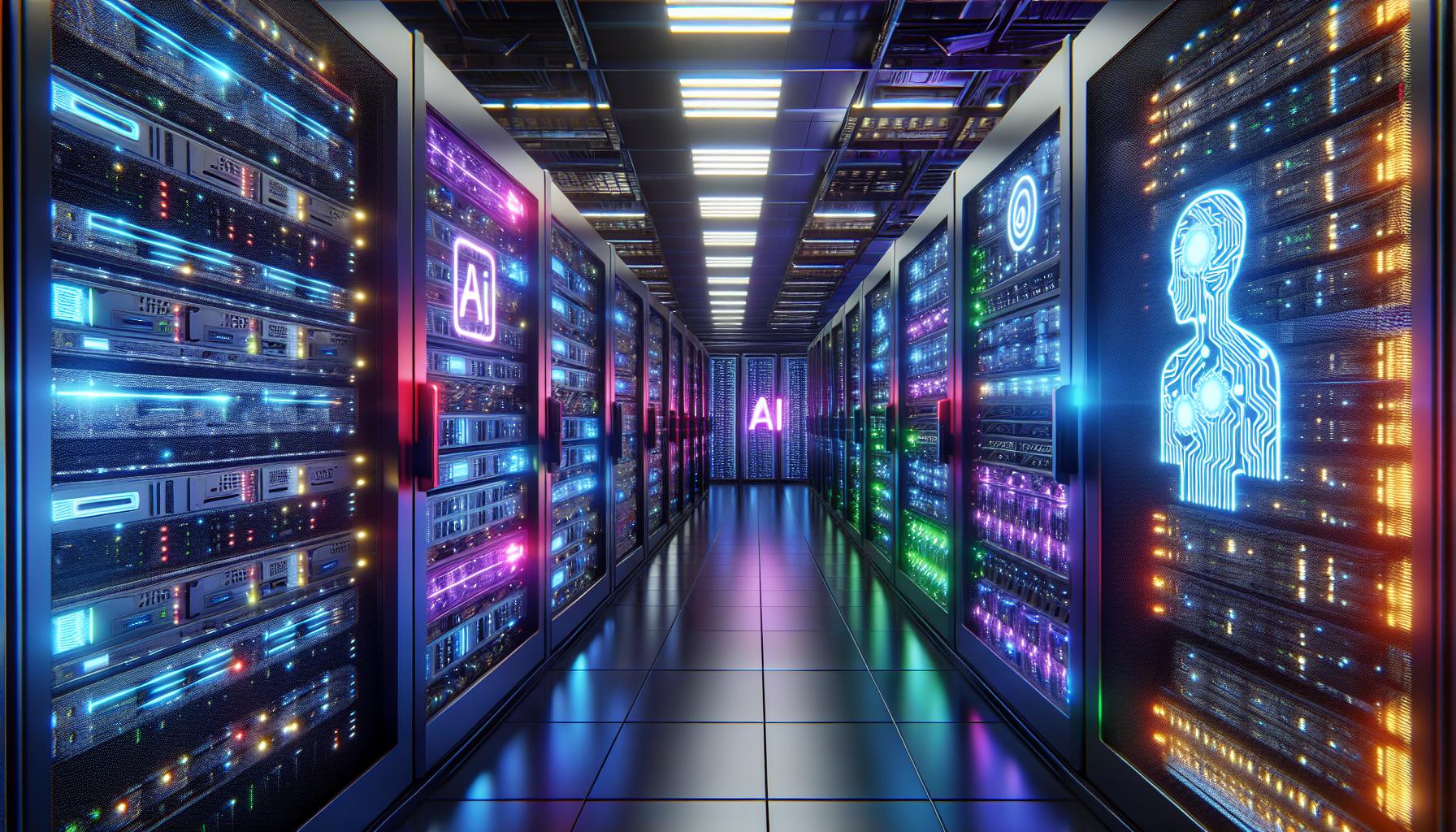Introducing Apple’s VisionPro: The Future of Digital Experience and Self-Reflection
When it comes to technological advancements, Apple’s VisionPro is generating a great deal of excitement. This innovative product promises to bring us even closer to the digital world while also encouraging self-reflection. However, amidst all the hype, it is crucial to question how this new technology can truly benefit us.
In order to understand the significance of VisionPro, it is important to review the evolution of the internet. Starting with Web 1.0, we saw the emergence of easily accessible online content. Web 2.0 then introduced social connections and discourse, while Web 3.0 brought about the decentralized and distributed nature of blockchain and crypto. Now, we are on the cusp of Web 4.0, which seems to emphasize intimacy as its defining characteristic.
The Power of Intimacy in VisionPro’s VR/AR/MR Technology
VisionPro’s unmediated navigation using finger gestures and eye gaze brings the digital world closer to us, eliminating the clunky hardware and software interfaces of the past. Moreover, this theme of intimacy is evident in various aspects of VisionPro, such as the ability to maintain eye contact even while wearing the headset and the seamless transition between virtual and real worlds. These features enable a deeper sense of connection and immersion.
Embracing the Intimate Web: Connecting with Our Interior and Creative Landscapes
The Intimate Web, as I like to call it, follows a historical pattern analogous to the development of cinema. Just as movies moved beyond the theatrical conventions of their time, the Intimate Web holds the potential to transcend current technological limitations. It offers us the opportunity to explore our personal realities, our internal landscapes, and reflect on our experiences. This psychological web can bring us closer not only to ourselves but also to others, allowing us to inhabit the thoughts and perspectives of different individuals.
Unlocking the Potential of the Intimate Web: From “Second Brain” to Experiential Virtual Environments
Early indicators of the possibilities of the Intimate Web can be seen in the “second brain” movement, where specialized app marketspaces provide tools for self-representation, productivity, and organization. As we delve deeper into the integration of AR/VR/MR technologies, more profound applications will emerge, enabling us to express and share who we are, our preferences, our learnings, and more. Excitingly, the Intimate Web also allows for the creation of memory palaces, virtual environments that externalize and enrich our internal worlds.
Challenge and Responsibility: Navigating the Pitfalls of Digital Intimacy
While the Intimate Web holds tremendous potential, it also poses challenges. Like any form of intimacy, there is a risk of intrusion, overuse, or addiction. It is important to recognize that digital intimacy can never truly replace real-life connections. Additionally, inauthentic or excessive pseudo-intimacy can also arise, mirroring challenges faced in our human relationships. We must approach the Intimate Web with caution, balance, and a commitment to authentic connection.
Conclusion: The Promising Future of the Intimate Web
The Intimate Web is not just a passing trend; it is here to stay. As our desire for connection, insight, and experience continues to drive technological advancements, the Intimate Web will evolve further. With Apple’s VisionPro leading the way, we are embarking on a new era of digital experience and self-reflection. The possibilities are endless, and we can only stay tuned to witness what the future holds.
Analyst comment
Neutral news.
As an analyst, the market for Apple’s VisionPro is expected to grow as the product shows promising advancements in VR/AR/MR technology, offering a deeper sense of connection and immersion. However, challenges such as intrusion, overuse, and inauthenticity may need to be addressed to ensure a balanced and authentic user experience.













